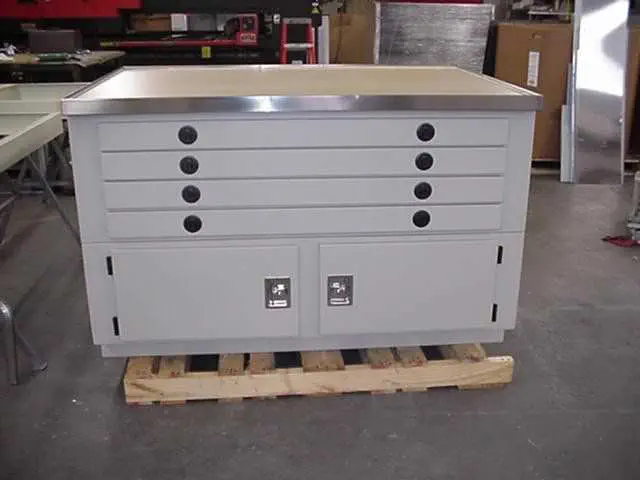GoneDiving
Senior Member
When I bought my vessel the PO included numerous (ie several hundred) charts. I never use them (several redundant electronic options available) and there are too many to store on the vessel properly.
Has anyone scanned charts to have on hand "just in case"? Any other options?
Are there programs that can stitch the individual charts together to generate one large map?
Has anyone scanned charts to have on hand "just in case"? Any other options?
Are there programs that can stitch the individual charts together to generate one large map?



